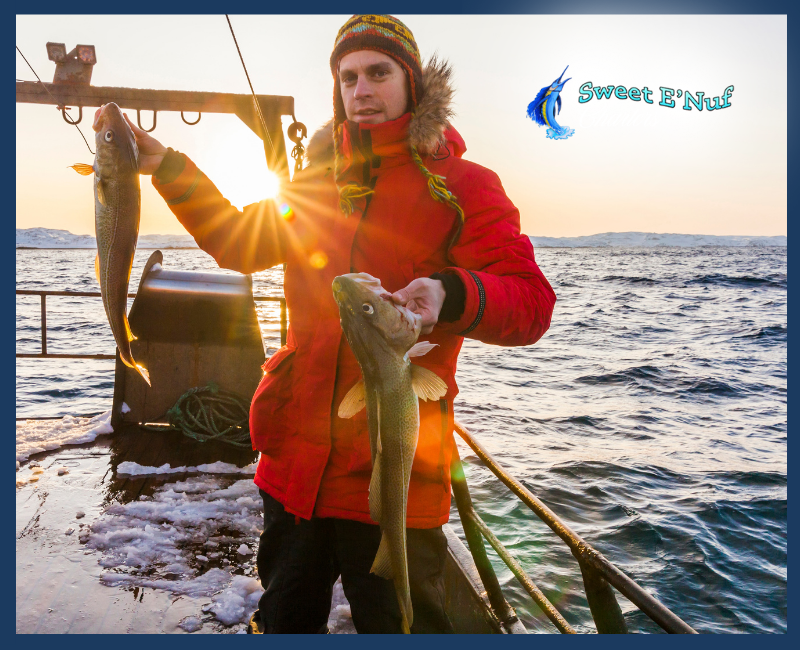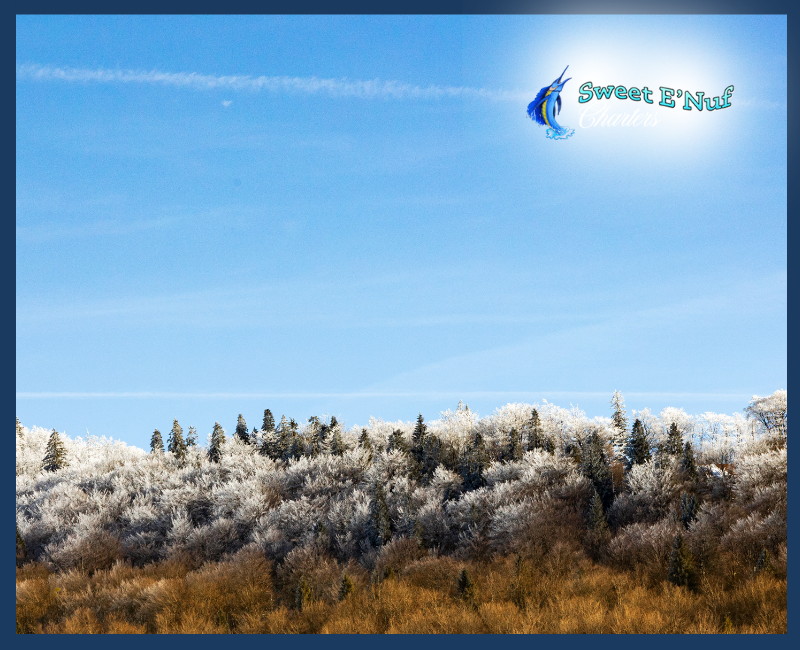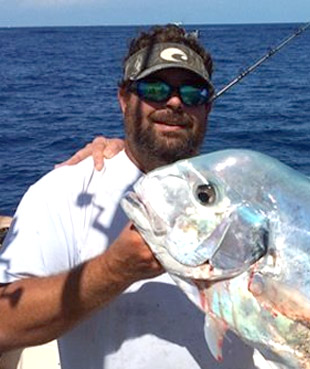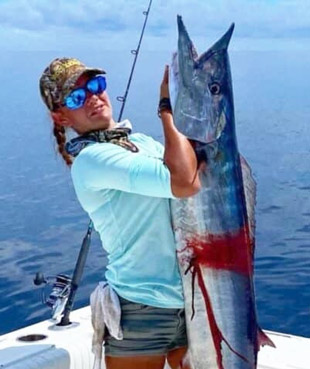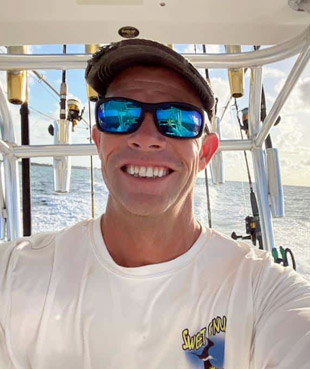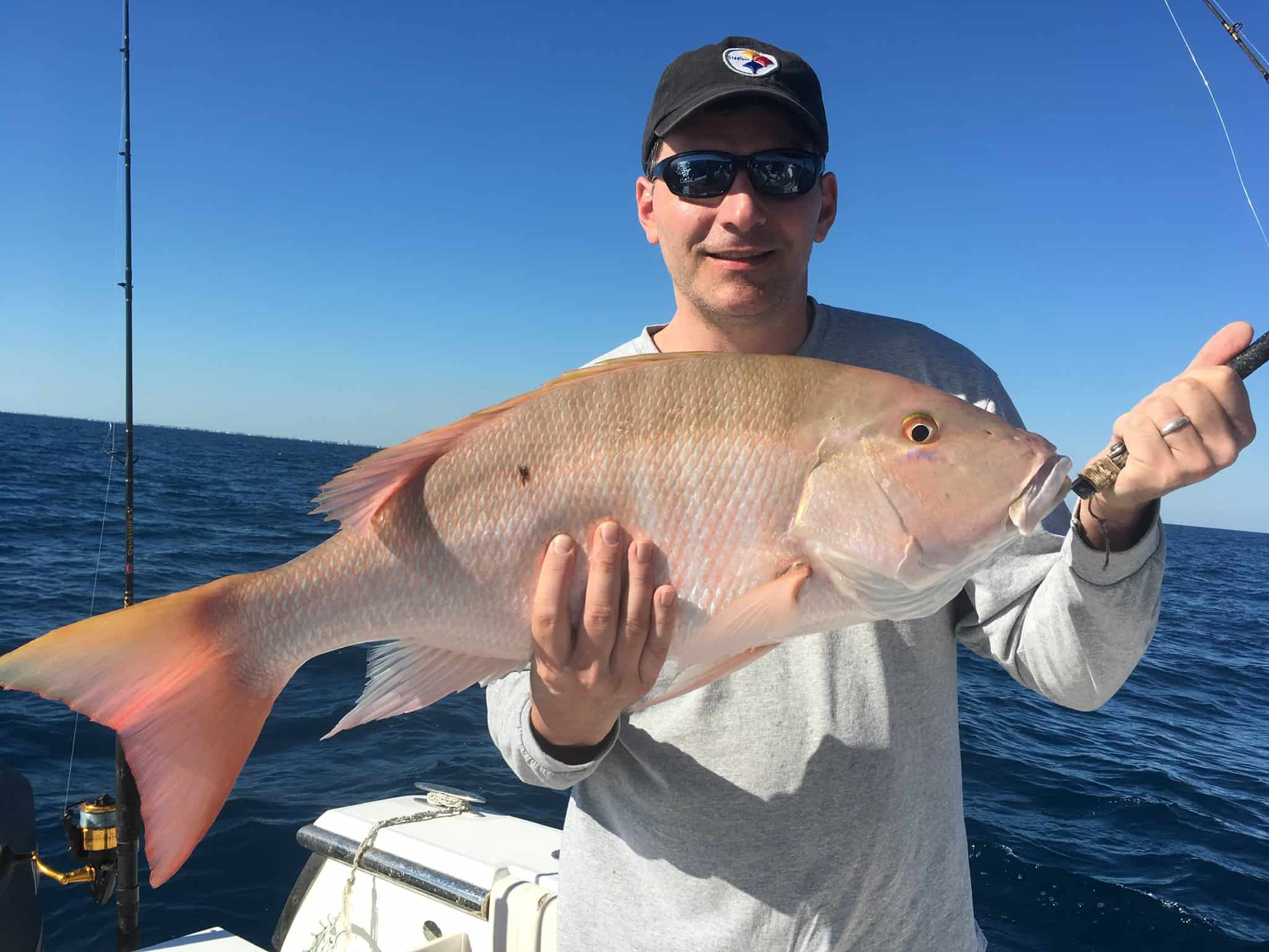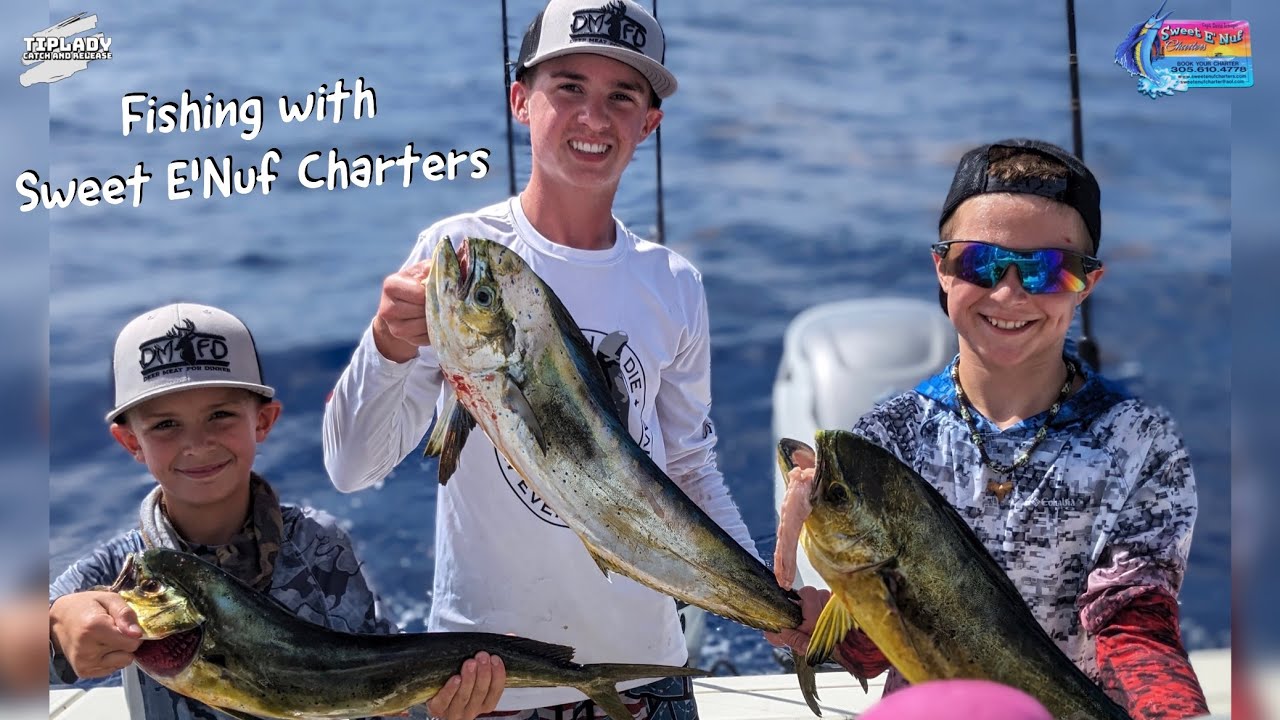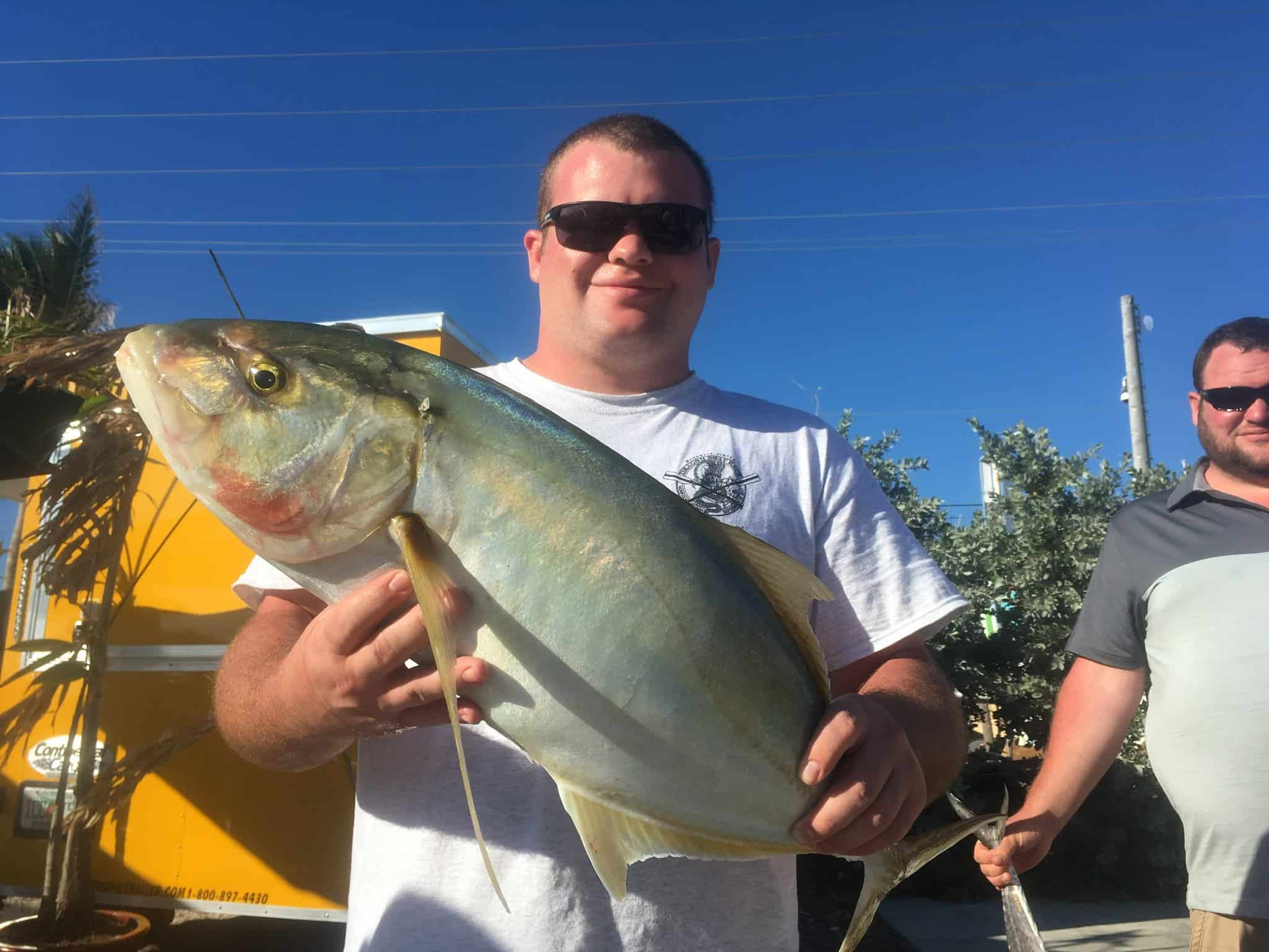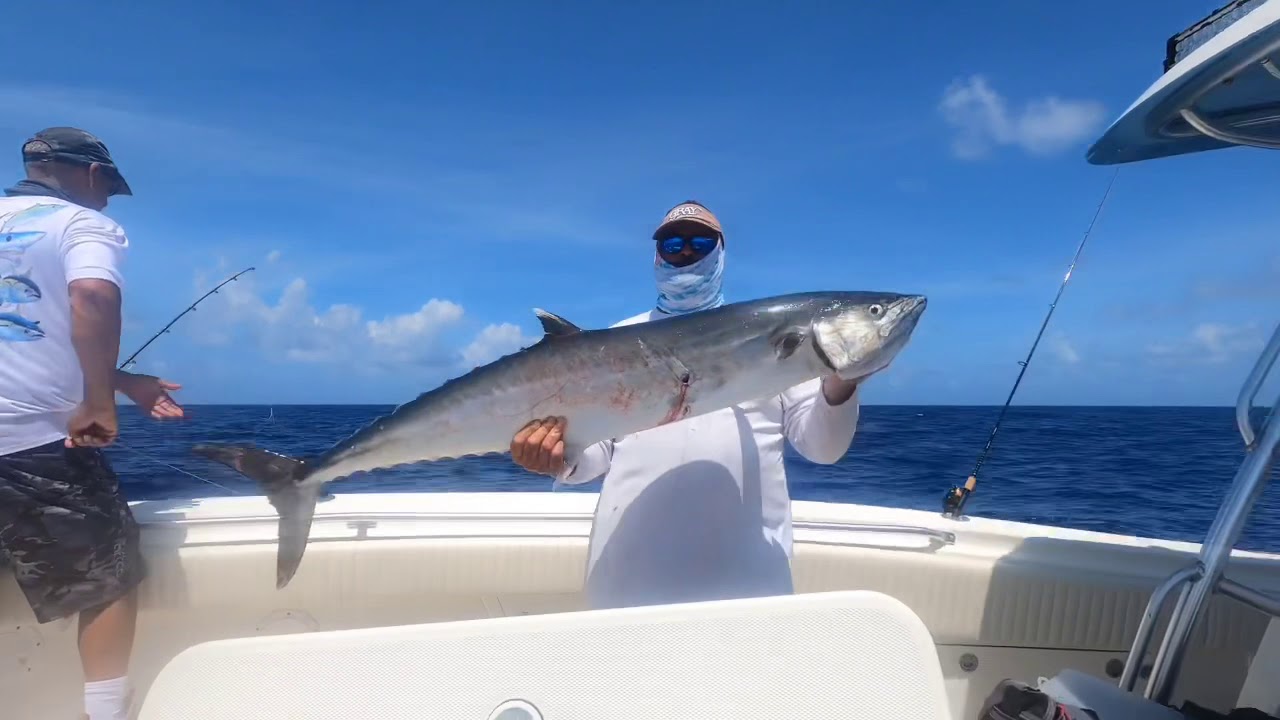After about two years we have been shut down from fishing in 240’ of water and deeper for snowy grouper, tilefish, queen snapper, and yellow edge grouper so that the Warsaw grouper could be protected. But if they knew anything about the waters where we fish for these species I listed above, they would know that Warsaws don’t live where we catch these species. Most of the Warsaw population lives inside of 500’ of water, whereas the listed species live in 600’ and deeper. Kind of reckless if you ask me. And who paid the price? We did – the recreational fisherman and the commercial fisherman. Not too many people deep drop anyways. We lost our fishery for almost two years because an organization that had good intentions had no idea what they were talking about. If we had to point the finger at someone, it would be the NOAA (National Oceanic and Atmospheric Administration), and the idiots in charge of shutting down fisheries employed by the NOAA. Most recreational fisherman fish with conservation – we have been at it for over a hundred years! It’s the recreational fisherman who donate for research and push for conservation through our own actions. There are some that don’t know about conservation, but they are the newcomers. And as recreation fisherman go, we respect our fisheries and we fish with conservation so our children and their children can enjoy our resources. My father taught me to respect our resources and one day I will teach my children to understand that we must manage our resources by ourselves, because we are the ones out there every weekend or even every day. We see the bio mass as it is, not as the researcher who may go out a couple times a month. It’s our responsibility as fisherman to fish with conservation.
The ones who need to be watched more closely are the commercial fisherman, as they take way more poundage than us recreation fisherman. I used to be one, and I know what’s on a commercial fisherman’s mind – MONEY! It doesn’t matter at what cost, but commercial fisherman would take 100,000 pounds year if they could. Since I used to fish for yellowtail snapper I know that 30,000 lbs. -65,000 lbs. is what some good commercial yellowtail fisherman take in a 3 month season. This is their spawn season, where the fish gather in huge numbers to repopulate the reef with their offspring. It would hurt a lot of fisherman to have a closure this time of year. I have seen great numbers of fish taken from the area and the population stays up all year. Recreational fisherman couldn’t even catch that much fish combined with our 10 per person limit! So when the NOAA thinks of closing down a fishery they need to really look at the commercial fishing market before taking away from the recreational fisherman.
At first I hated the fact that they closed down grouper for their spawn from Jan 1st. to April 30th, but after the second year of the closure we charter boat captains have noticed a great increase of numbers of black, gag and red grouper which live on our reefs even after the two years. For the first month of the grouper season which is May, I have only had 2 fish with roe out of 35 black grouper which I caught for my clients. So the biologists got that one right even though at the beginning I was against it. Now I am only one person, but our grouper population will only grow with this closure, shutting down harvest for a slower growing fish during its spawn makes sense, but it’s unfortunate that we can’t keep any during that time of the year. Keep in mind you can still catch them and release them unharmed!
The thought of any closure scared most of us charter captains. Once they close something it could take decades for us to ever get it back even when the population returns like the goliath grouper. The NOAA needs to really revisit this closure. I am an avid diver I can sometimes count more goliaths than black groupers on our reefs. On most dives I can cover 200 yards of reef and find more goliath grouper than black grouper and of course in other areas lots of black groupers and not many goliaths. A tag system would work well, as we don’t always catch goliaths. That way we could harvest this great eating fish and money would be generated through a tag system to pay for the research so their populations can be counted and managed. And hopefully, one day the biologists would get a good idea of the population and be able to determine a proper size and or number for a daily limit.
In fishing with conservation we all win – the commercial fisherman and the recreational fisherman. Even the animal rights people who don’t want us to take any fish would get to see the species they strive to protect on the dock and then packed up, frozen and taken to our client’s freezers. Each time they open their freezer and pull out some fish they caught on their vacation, they are reminded of what a great time they had in Florida. Have fun out there and only keep what you can use! Remember, help us to protect our resources with facts – not an ideology.

